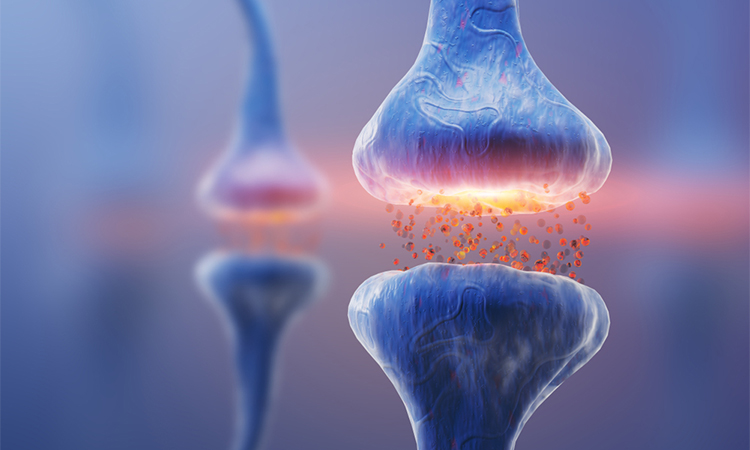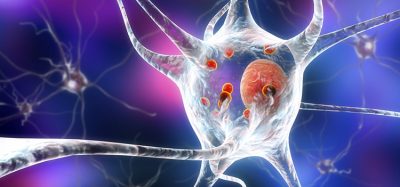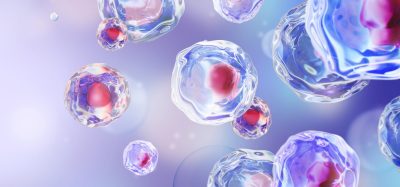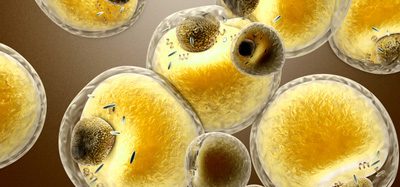Scientists identify neurotransmitter that could help treat Parkinson’s
Posted: 10 November 2022 | Ria Kakkad (Drug Target Review) | No comments yet
The study, involving mice, found that the neurotransmitter can act as a break to dopamine.


Researchers at Oregon Health & Science University, US, have discovered that the neurotransmitter adenosine effectively acts as a brake to dopamine, another well-known neurotransmitter involved in motor control. The study was recently published in Nature.
“There are two neuronal circuits: one that helps promote action and the other that inhibits action,” said senior author Dr Haining Zhong. “Dopamine promotes the first circuit to enable movement, and adenosine is the ‘brake’ that promotes the second circuit and brings balance to the system.”
The discovery could immediately suggest new avenues of drug development to treat symptoms of Parkinson’s disease, a movement disorder where the loss of dopamine-producing cells has been widely implicated as a cause.
Scientists have long suspected that dopamine is influenced by an opposing dynamic of neuronal signalling in the striatum — a critical region of the brain that mediates movement along with reward, motivation and learning. The striatum is also the primary brain region affected in Parkinson’s disease by the loss of dopamine-producing cells.
“People for a long time suspected there has to be this push-pull system,” said co-author Dr Tianyi Mao.
In the new study, researchers for the first time clearly and definitively revealed adenosine as the neurotransmitter that acts in an oppositional sense with dopamine. The study, involving mice, used novel genetically engineered protein probes recently developed in the Zhong and Mao labs. An example of that technology was highlighted last month in a study published in the journal Nature Methods.
Notably, adenosine is also well known as the receptor that caffeine acts upon.
“Coffee acts in our brain through the same receptors,” Mao said. “Drinking coffee lifts the brake imposed by adenosine.”
Related topics
Disease Research, Hit-to-Lead, Neurosciences
Related conditions
Parkinson's disease
Related organisations
Oregon Health & Science University
Related people
Dr Haining Zhong, Dr Tianyi Mao








